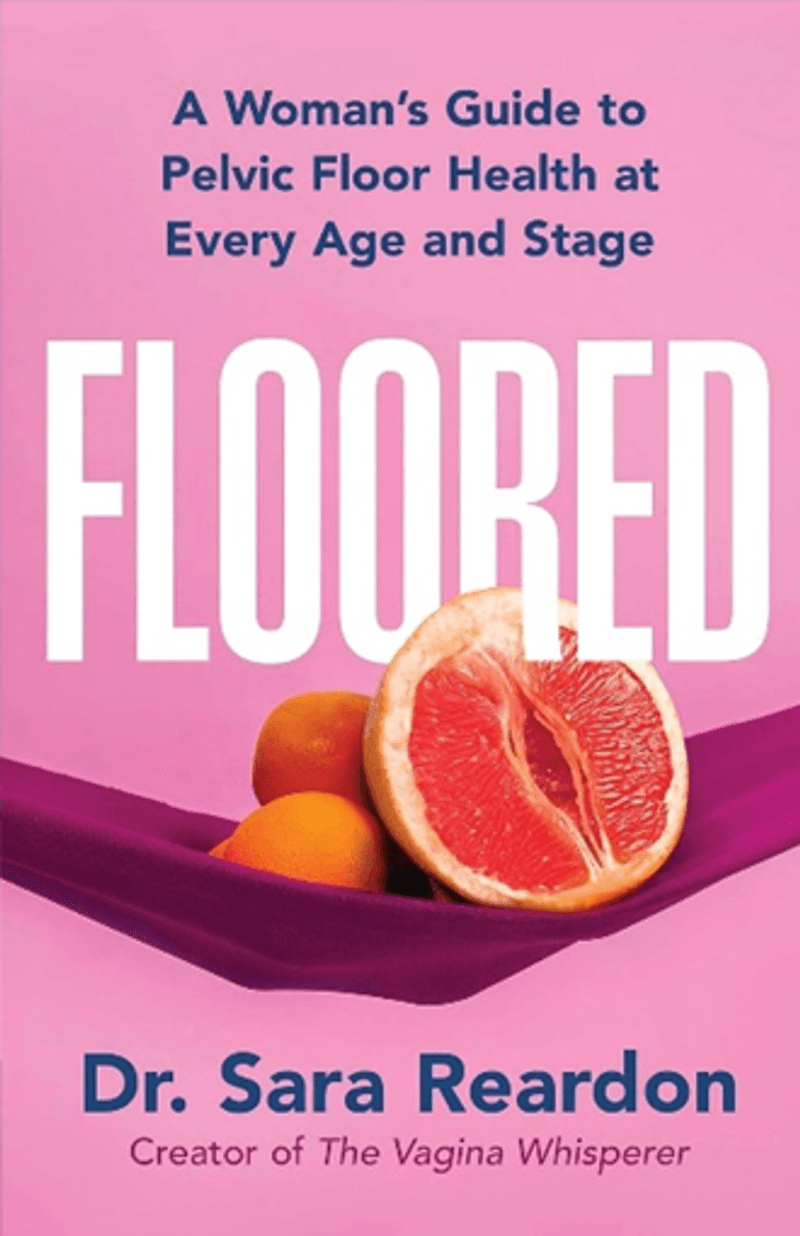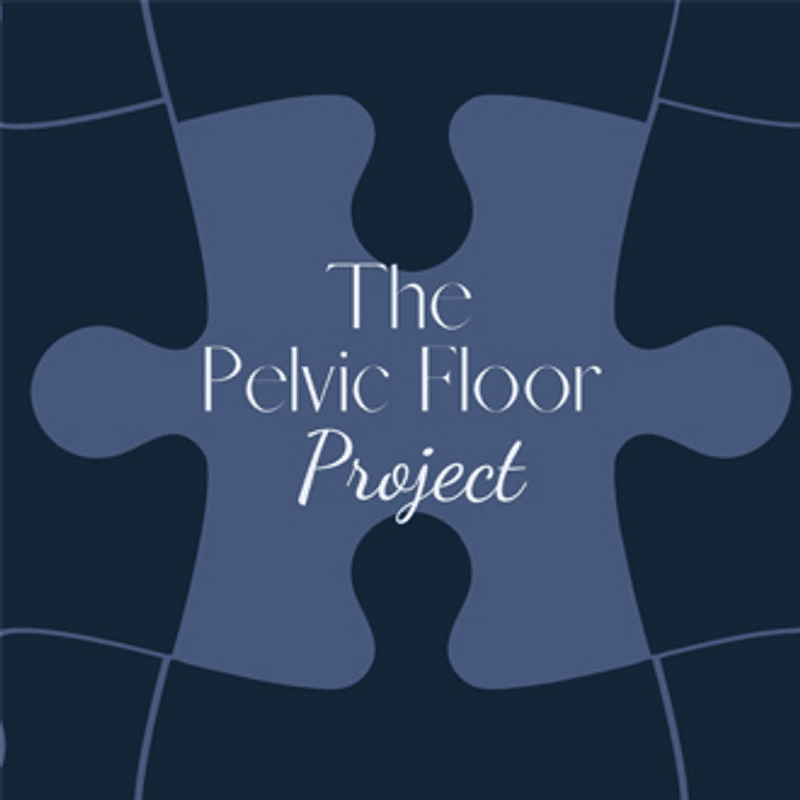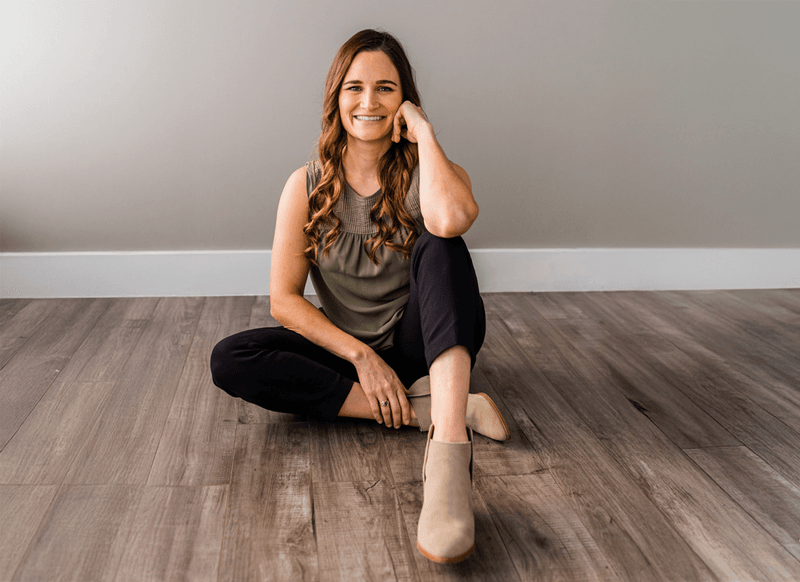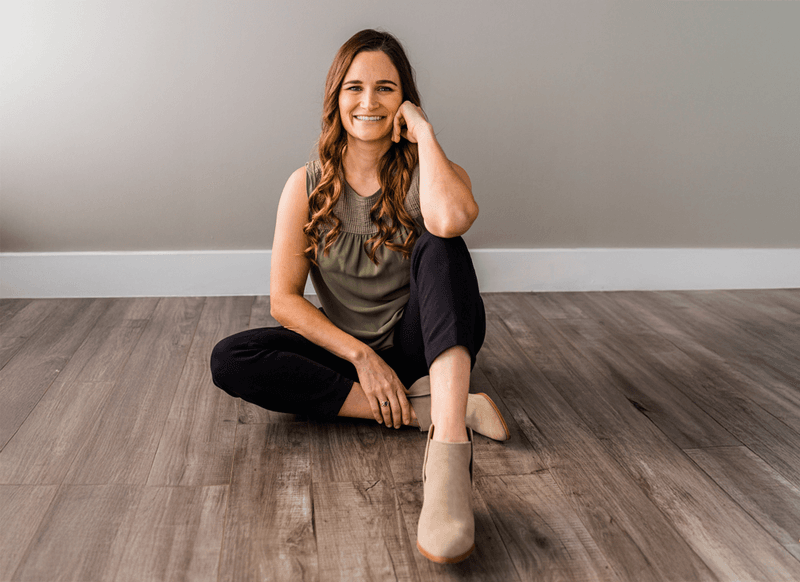Incontinence refers to the involuntary loss of urine (urinary incontinence) or faeces (faecal incontinence). It’s a common condition that affects millions of women worldwide, yet many suffer in silence due to embarrassment or shame.
Types of Urinary Incontinence
Stress incontinence
- Occurs when pressure is placed on the bladder during physical activities
- Common triggers: coughing, sneezing, laughing, exercising
- Most common type in younger women
Urge incontinence
- Sudden, intense urge to urinate followed by involuntary loss of urine
- Also known as “overactive bladder”
- More common as women age
Mixed incontinence
- Combination of stress and urge incontinence
- Many women experience both types
What’s happening in your body
Your bladder and pelvic floor muscles work together to control urination. When these muscles weaken or don’t coordinate properly, incontinence can occur.
The pelvic floor muscles act like a hammock, supporting your bladder, uterus, and bowel. During pregnancy, childbirth, and aging, these muscles can stretch and weaken.
Remember: Incontinence is a medical condition, not a normal part of aging, and effective treatments are available.

























